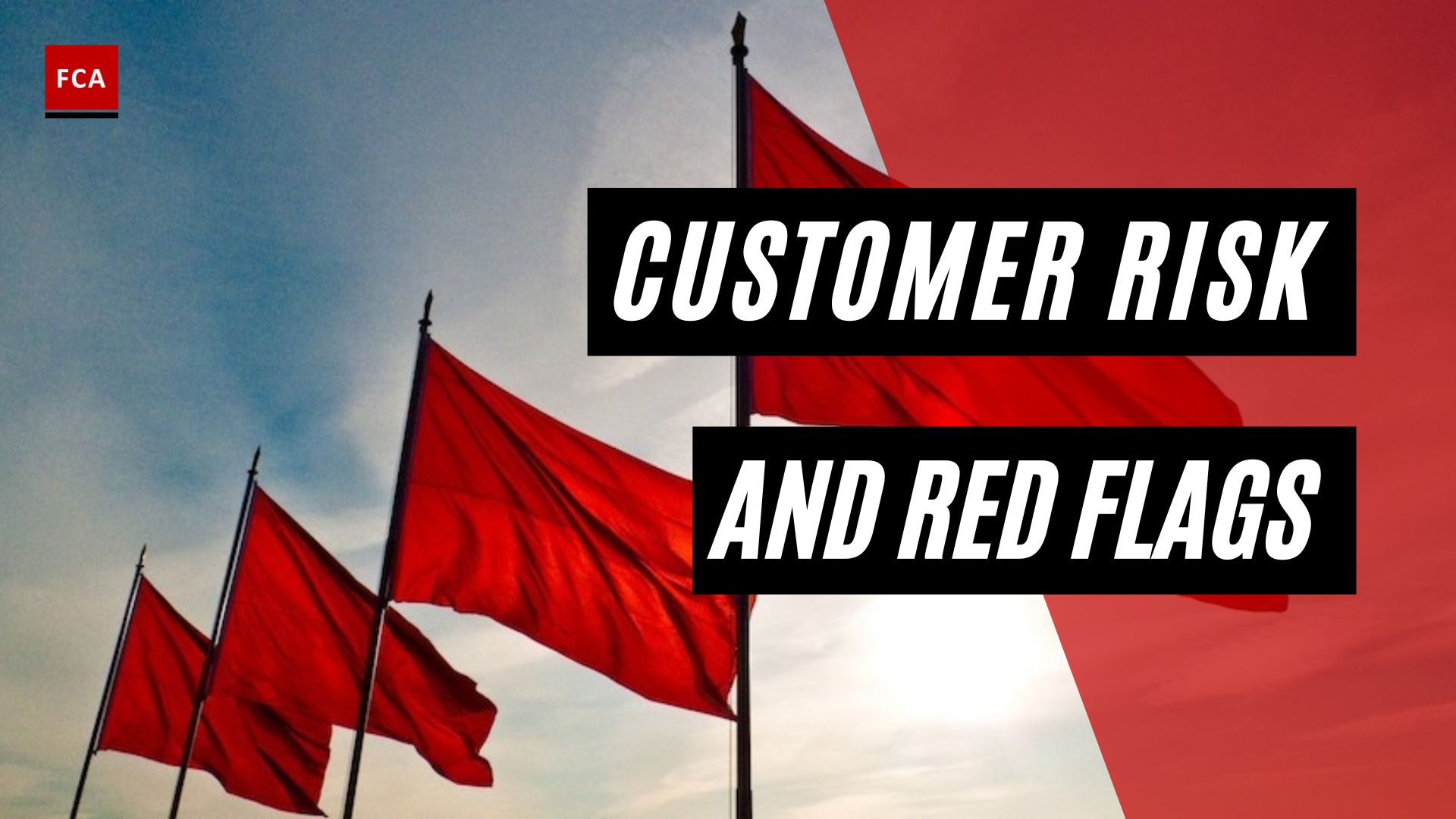The standard due diligence measures and process is a crucial due diligence approach used by businesses to identify and verify their customers. Regular due diligence steps are applied to all consumers, regardless of category. AML/KYC-related regulatory requirements include standard due diligence approaches. These are industry standard procedures that financial institutions follow as best practices on a regular basis.

Standard Due Diligence Measures
Depending on the type and category of the prospective customer, normal due diligence measures are applied, followed by various simplified or enhanced due diligence methods. Standard due diligence offers an initial understanding of the customer’s risk profile, based on which the account opening officer decides on additional due diligence processes.
For example, if the customer is identified as a single proprietor after performing conventional due diligence, then further due diligence steps must be prepared in accordance with the necessary legal requirements. For this purpose, details about the sole-proprietor business and related constituent documents shall be obtained. This type of due diligence provides confidence to the organization to understand who the customer is, and the services offered to them are not being used for any money laundering or other criminal activity.
Due Diligence Measures
The standard due diligence measures aim to ensure that at-least minimum steps are taken, before onboarding the customers, as part of the overall CDD measures:
Step 1: Verify customer identities;
Step 2: Assess third-party information sources;
Step 3: Secure your information;
Step 4: Take any necessary additional measures.
FinCEN
FinCEN believes that there are four core elements of CDD and that they should be explicit requirements in the anti-money laundering (AML) program for all covered financial institutions, to ensure clarity and consistency across sectors:
- Customer identification and verification;
- Beneficial ownership identification and verification;
- Understanding the nature and purpose of customer relationships to develop a customer risk profile;
- Ongoing monitoring for reporting suspicious transactions.

Customer Due Diligence And Anti-Money Laundering
Ensuring that your employees can perform effective customer due diligence goes a long way toward ensuring that your employees and clients are not facilitating money laundering. Submitting a suspicious activity report (SAR), understanding what is required to take a risk-based approach, and the supporting documents that should be requested from clients are all processes to be aware of and understand. Here is some advice on conducting customer due diligence and dealing with potential red flags.
Our interactive e-learning course, Anti-Money Laundering: Know Your Risk, provided the guidance. You can try out the course for free right here. The course complies with the Fourth and Fifth Money Laundering Directives and will be updated once the Fifth Directive takes effect.
Submitting A Suspicious Activity Report (SAR)
If a financial institution suspects that something in a transaction is illegal, it must file a SAR. After submitting a SAR, law enforcement will make a decision, and the firm must not reveal to the customer that a SAR has been submitted.
In the UK, once a SAR is submitted, the NCA has 7 working days to respond. If it responds, it will either grant consent or impose a 31-day “moratorium period” to investigate the matter before granting or refusing consent. If the NCA does not respond within 7 working days (or within the 31-day “moratorium period”), there is deemed consent, and the relevant individuals/entities who made the SAR will have a defense if they proceed with the activities.
Final Thoughts
Ensuring that your employees can perform effective customer due diligence goes a long way toward ensuring that your employees and clients are not facilitating money laundering. Submitting a suspicious activity report (SAR), understanding what is required to take a risk-based approach, and the supporting documents that should be requested from clients are all processes to be aware of and understand.









